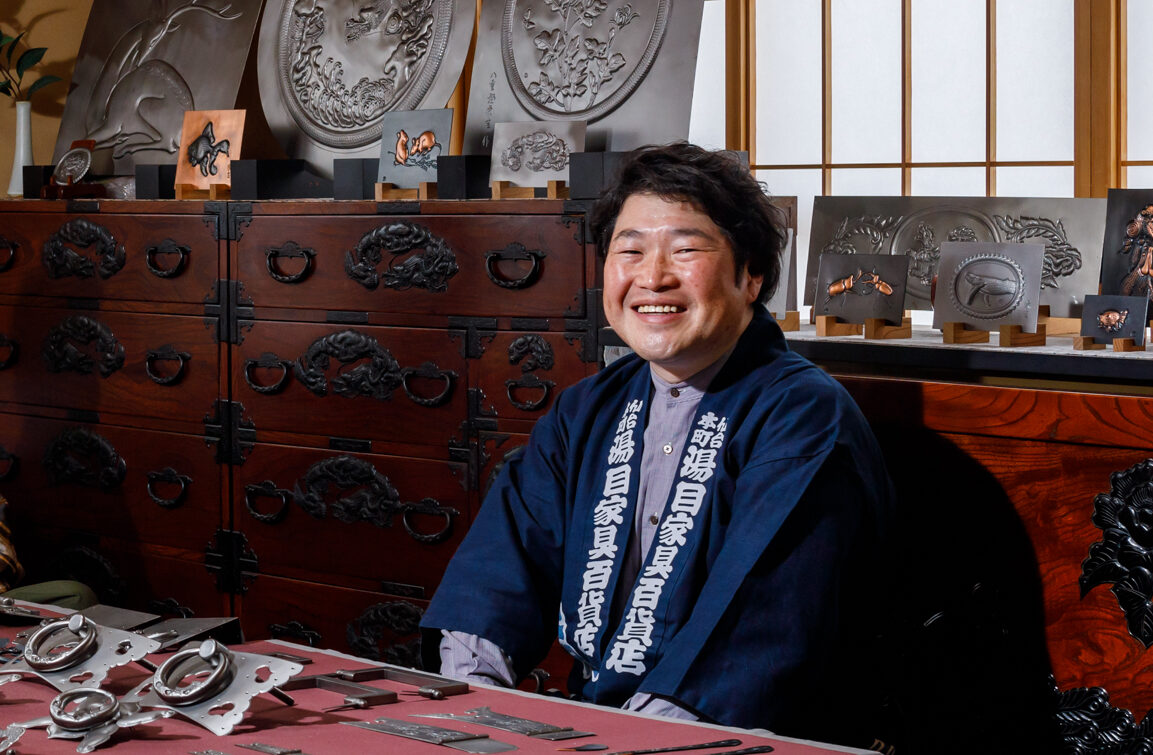- How do you perceive the incorporation of contemporary design elements through the collaboration with Studio SWINE?
We had never perceived our Sendai Tansu as “art”, so there were many surprises when looking at the craft through Studio SWINE’s perspectives. At first we were concerned about how to blend the three processes of woodworking (joinery), lacquering, and metalwork, but we have high hopes for the finished product to go beyond just the fusion of these techniques.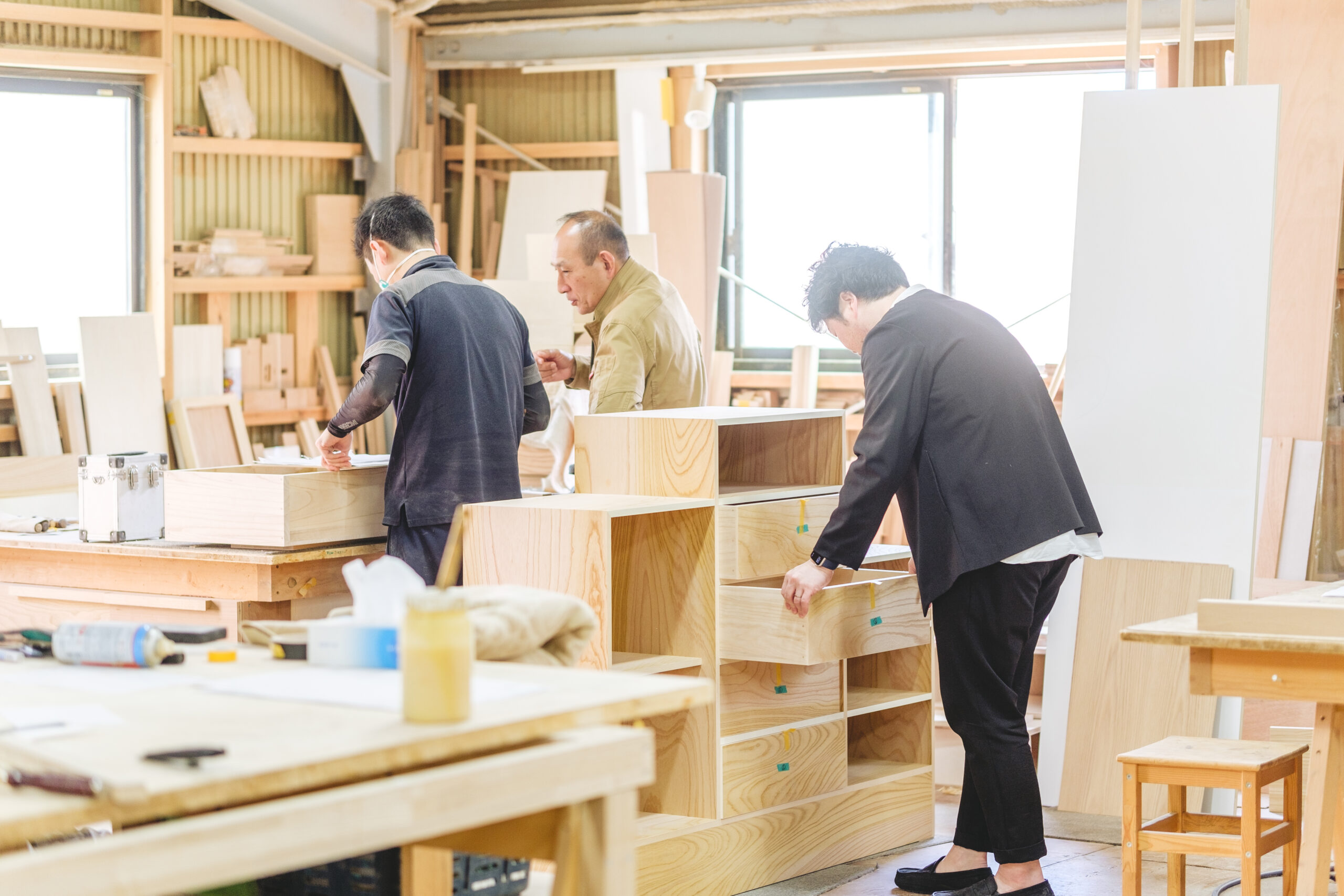
- Can you detail the specific adaptations or innovations in techniques employed to accommodate the infusion of modern design while upholding the authenticity of Sendai-Tansu during this collaboration?
For the structural reasons, we chose to use plywood because solid wood would cause shrinkage. To assemble three structural units as one chest of drawers, we considered how we could produce the structure for a stable main body. We are still focusing on how to express the grid lines on the surface flatly through lacquering and metalwork. We spent time on how to attach the drawer pulls inconspicuously (considering the inconspicuous shape and easy opening installation position).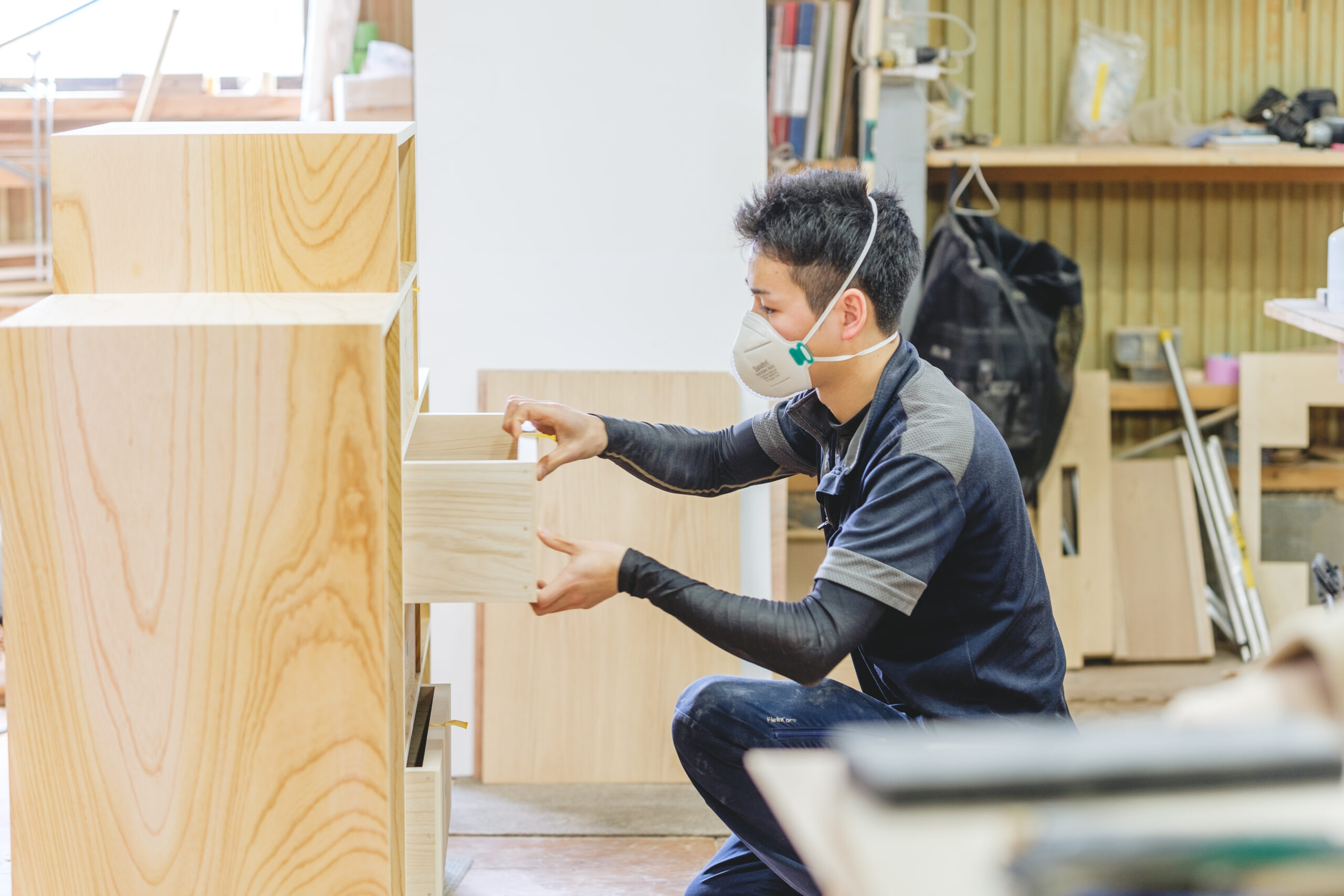
- What facets of Studio SWINE’s design approach or perspective posed the most intriguing or demanding aspects in their translation into your traditional craft Sendai Tansu?
We felt that Studio SWINE’s perspective expresses “Japan” seen from abroad, different from those born and raised in Japan like us. We understand that Studio SWINE has created works through visiting different places in the world and getting inspired by those visits. We have been interested in their design that incorporates the current Japan and the aesthetic sense of ancient Japan (such as the one expressed by Ukiyo-e). Regarding the ongoing process of finishing the surface flatly, we spent time figuring out how to open the drawers and the shape and installation of the drawer pulls. It was a challenging yet enjoyable time.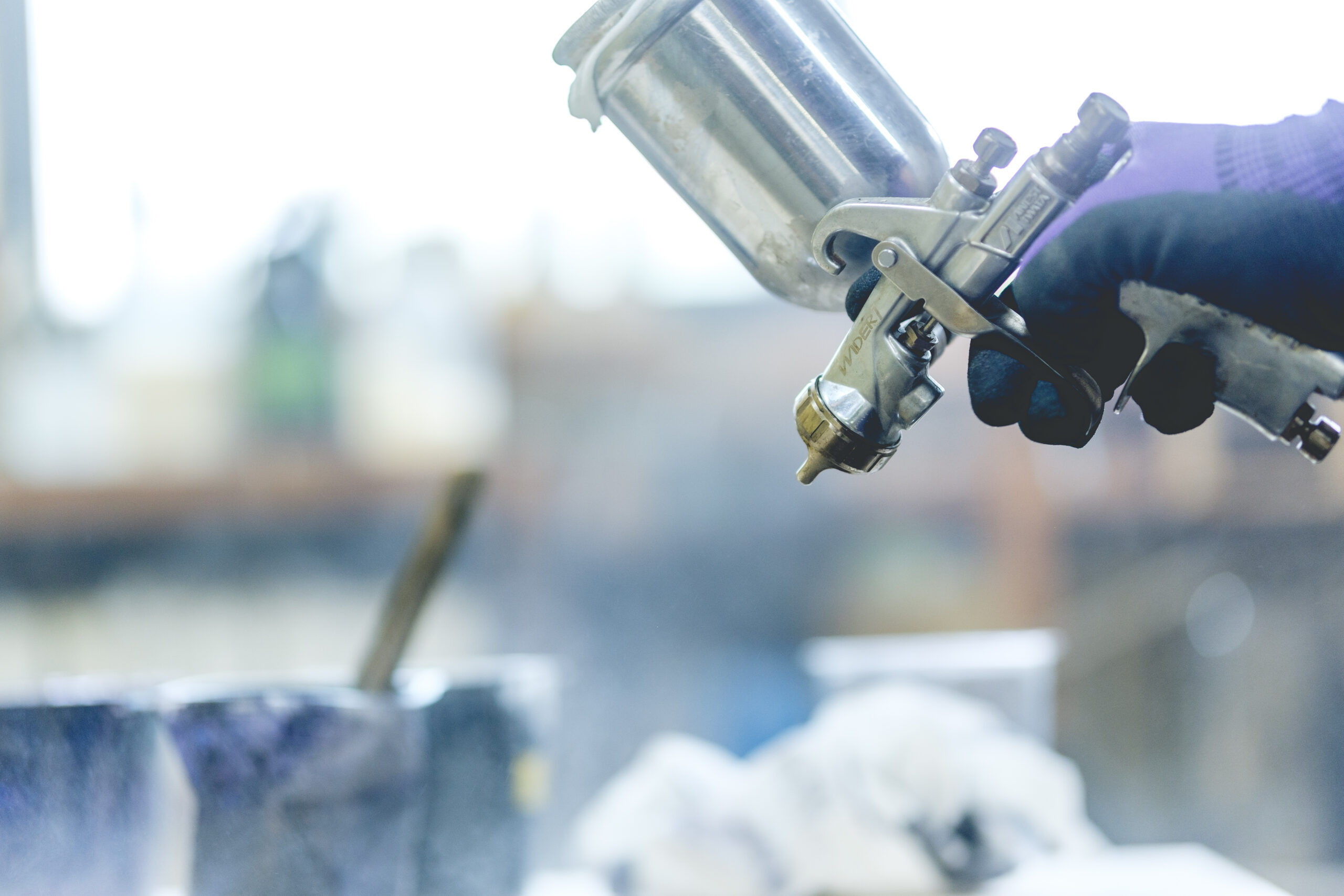
- In what manner do you anticipate the outcome of this collaboration impacting the future of Sendai Tansu in terms of maintaining tradition while embracing modern design?
We were delighted when Alex from Studio SWINE told us, “Sendai Tansu has not undergone modern changes compared to crafts from other regions, and that is what we want to challenge.” This became an opportunity for craftsmen to get united and express that we want to “create together”.
We have been struggling to break away from what we believe the characteristics of Sendai Tansu are, so we hope to create products in the future that can express new possibilities of Sendai Tansu.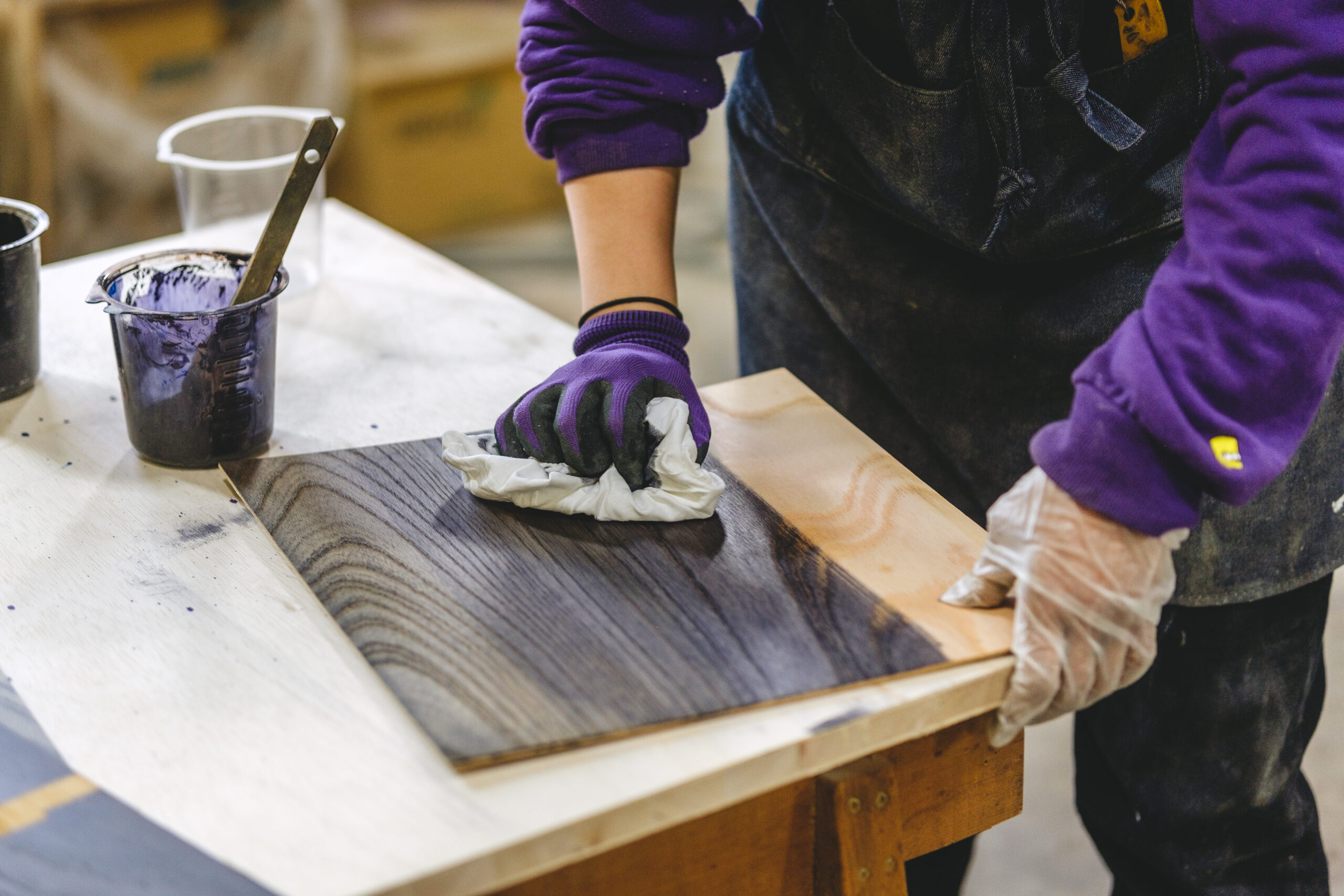
- What personal or professional insights have you gained from participating in this collaboration, and how has it influenced your outlook on the future evolution of Sendai Tansu craftsmanship?
Through this collaboration, we have realized that our perception of the characteristics of Sendai Tansu may not necessarily be appealing to others. We need to come up with proposals that match modern trends. Also, we used to develop our products based on existing products from our own regional perspective. We feel that it is necessary to consider how we can represent Japan for customers abroad or Miyagi and Sendai for the domestic market by our products so that we can give a story and depth to them. In the process of prototyping, we discussed how to solve challenges with the wisdom and skills of craftsmen. Through this process, various ideas emerged. Thinking deeply about a specific challenge for the members of the Sendai-Tansu union should contribute positively to the future operation of the union.
